You need to buy wholesale latex balloons. Prices change a lot. Does balloon size matter for the price?
Yes, balloon size greatly impacts wholesale latex balloon pricing. Generally, larger balloons cost more because they use more material. However, the weight of the balloon also affects the price, even within the same size.
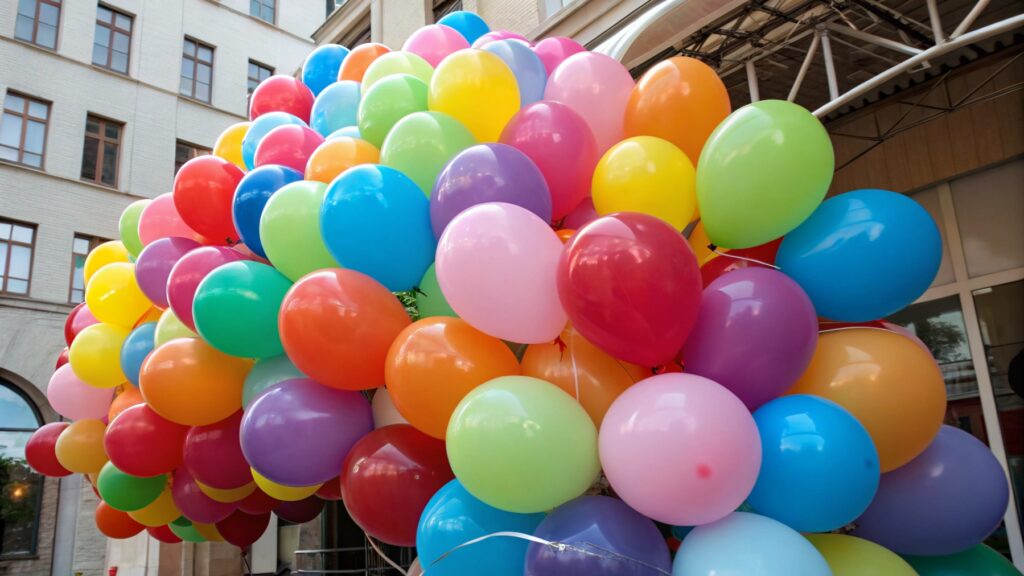
I talk to customers every day about balloon prices. One of the first things they ask is about different sizes. Let me explain how it works.
You are buying balloons for a big event. You need many balloons. Is there a big price jump between 10-inch and 12-inch balloons?
Yes, there is usually a price difference between 10-inch and 12-inch wholesale latex balloons. 12-inch balloons are typically more expensive per unit than 10-inch balloons. This is because 12-inch balloons are larger and require more latex.
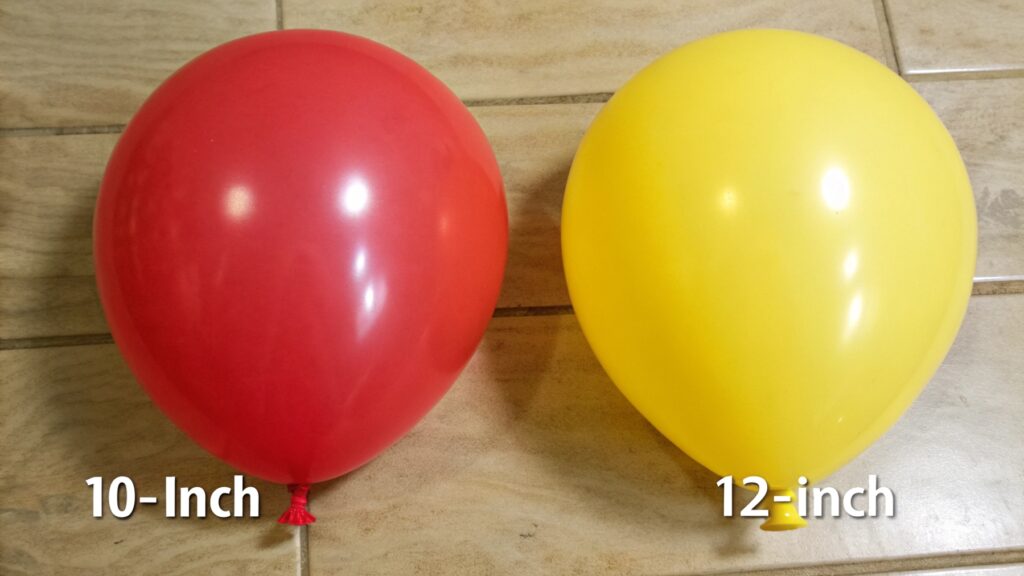
When I started in this business, I noticed this right away. Customers often ask why a small difference in size means a difference in price. Think about it like this: The balloon is made of latex. The bigger the balloon, the more latex you need to make it. More material costs more money. It's simple math. A 12-inch balloon, when fully inflated, holds more air and has a larger surface area than a 10-inch balloon. This requires a greater amount of liquid latex1 during the manufacturing process. We use dipping machines. The forms are dipped into the latex. Larger forms need to be coated with more latex to achieve the correct wall thickness. This extra material is the main reason for the price difference. Also, consider the weight. While the stated size is important, the actual weight of the balloon is a better indicator of material use. Sometimes a "12-inch" balloon from one factory might weigh slightly more than a "12-inch" balloon from another. The heavier one will usually cost a little more because it used more latex. We measure material use by weight2. More weight means more cost. So, while the size gives you an idea, the actual weight per balloon is a key factor in the price calculation, especially for large wholesale orders.
You are buying thousands of balloons. You see different sizes available. Do the biggest balloons always cost the most per balloon?
For wholesale latex balloons, larger sizes almost always have a higher per-unit cost3 than smaller sizes. This is a direct result of using more raw material (latex)4 to produce a bigger balloon. The amount of latex used is the main factor determining the basic cost.
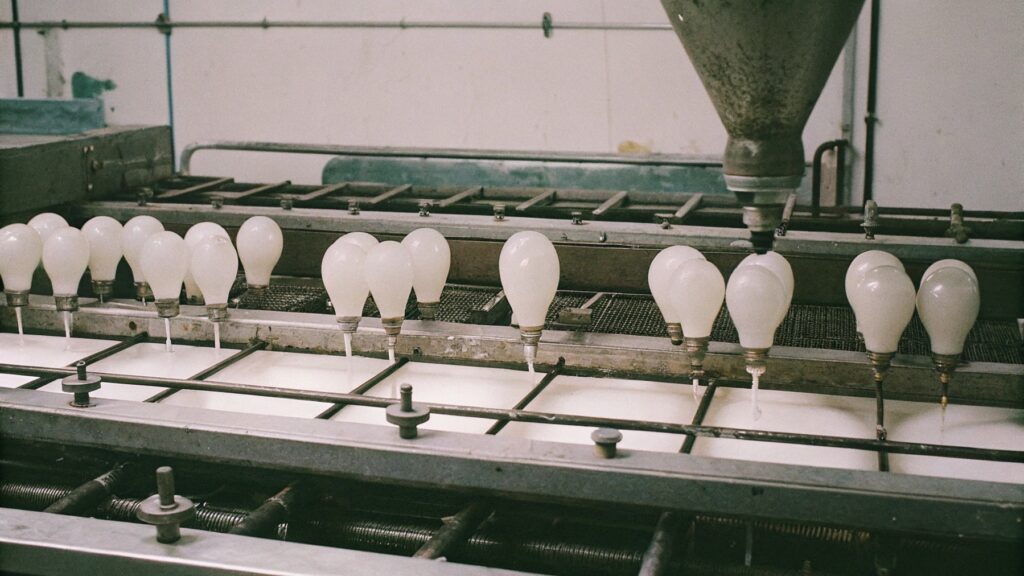
I remember a time when a new customer thought buying larger balloons in bulk might be cheaper per unit because of economies of scale5. I had to explain that while buying in bulk does reduce the overall price per unit compared to retail, the size difference still matters a lot. The cost is tied to the material. A giant 36-inch balloon uses a lot more latex than a tiny 5-inch balloon. It's like buying fabric. A bigger piece costs more because it has more material. The manufacturing process is mostly the same regardless of size. We dip the forms into latex. We cure them. We package them. The machinery handles different sizes. But the amount of latex needed for each size is different. This is where the main cost difference6 comes from. Other factors like pigment and chemicals are also needed, and slightly more is used for bigger balloons, adding to the cost.
| Balloon Size (Inches) | Typical Material Use (Relative) | Typical Per-Unit Cost (Relative) |
|---|---|---|
| 5 | Low | Lowest |
| 10 | Medium | Lower |
| 12 | High | Higher |
| 16 | Higher | Higher |
| 36 | Very High | Highest |
This table shows a general trend. The amount of material directly affects the cost. The larger the size, the more material needed, the higher the cost per balloon.
You need to ship a large order of balloons. You know the number of balloons affects shipping cost. Does the size of the balloons affect the shipping cost too?
Yes, the volume of the packaged balloons7, which is related to their size and how they are packed, significantly affects the cost of wholesale latex balloon shipments8. Larger balloons typically take up more space when packed, leading to higher shipping volumes and costs.
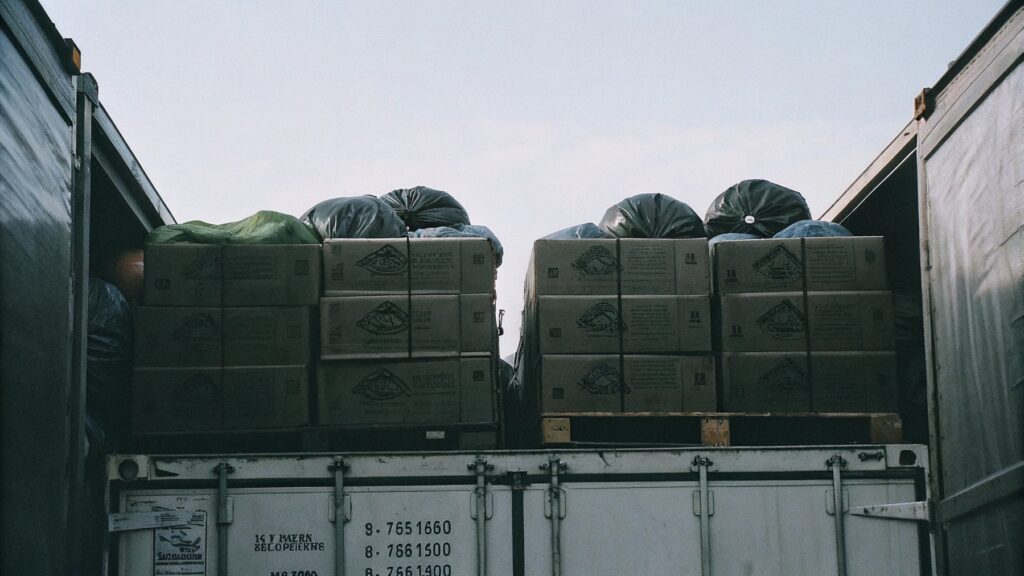
Shipping companies charge based on weight and volume. For balloons, especially larger ones, volume often becomes the bigger factor. Deflated balloons are quite flat, but when you pack many of them, the size does make a difference in the size of the box. A box holding 1000 deflated 5-inch balloons will be smaller than a box holding 1000 deflated 16-inch balloons. The bigger the balloon, the larger the deflated form and the way they lay together in the bag and box. This means more boxes or larger boxes are needed for the same number of larger balloons. Shipping companies measure this space. They call it dimensional weight9. If the box is large but light, they might charge based on the size of the box rather than the actual weight. So, while the weight of the latex is part of the total shipment weight, the volume the boxes take up is also a big part of the shipping cost calculation10, especially for international shipping where space on planes or ships is valuable. We try to pack efficiently, but the size of the balloon sets limits.
You are placing a large order with many different sizes. Does the mix of sizes affect the overall price per balloon?
While the per-unit price for each specific size is set based on material cost and production, the overall average cost for an order can vary based on the mix of sizes. Ordering a higher percentage of larger, more expensive sizes will increase the total order cost compared to an order dominated by smaller, less expensive sizes.
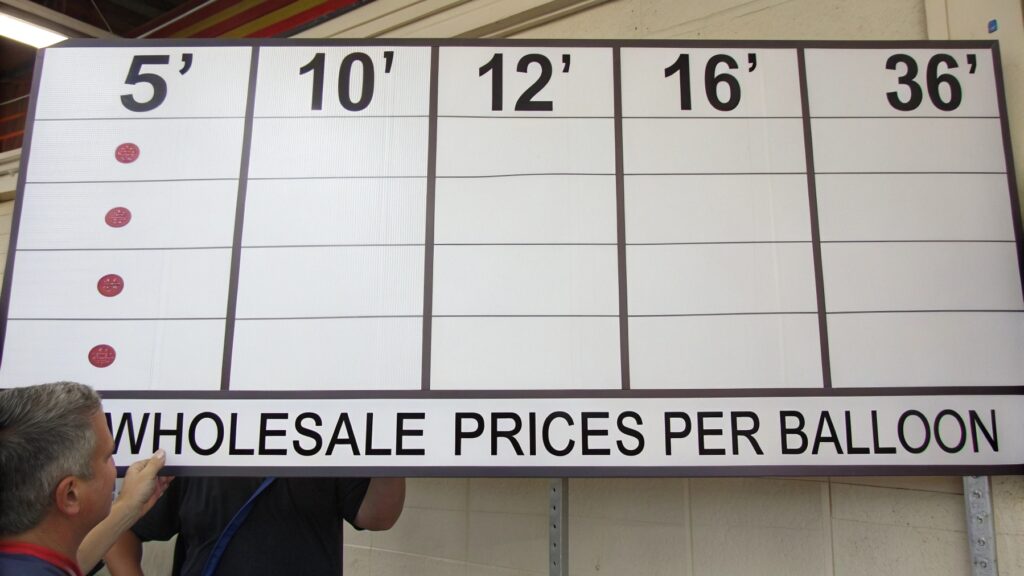
I often work with customers who order a mix of sizes for different needs. They might need many small balloons for decorations and fewer large balloons for special displays. I explain that we have a set price for each size. We don't usually have a "tier" that gives a discount just because you are mixing sizes. However, the total cost of your order is simply the sum of the costs of all the different sizes you buy. If you buy mostly small, cheap balloons, your average cost per balloon11 for the whole order will be low. If you buy many large, expensive balloons, your average cost per balloon for the whole order will be high. We might offer total order volume discounts12, meaning if your total order value is very high (regardless of the size mix), you might get a percentage off the whole order. But the fundamental per-unit price is driven by the size and weight of that specific balloon. So, think of it as different products (different sizes) each having their own price, and your total order price depends on how many of each product you buy.
Balloon size is a key factor in wholesale pricing. Larger balloons use more material, making them cost more. Shipping costs also increase with balloon size due to volume.
Exploring this resource will deepen your understanding of liquid latex and its role in balloon production, enhancing your knowledge of material costs. ↩
Understanding how material use is measured by weight can clarify why heavier balloons cost more, making this resource valuable for your business insights. ↩
Learning about per-unit cost calculations can optimize your budget when buying in bulk. ↩
Exploring raw material costs will give you insights into pricing trends in the balloon industry. ↩
Understanding economies of scale can help you make informed purchasing decisions and maximize savings when buying in bulk. ↩
Exploring the factors behind cost differences can provide insights into pricing strategies and material usage in manufacturing. ↩
Exploring the relationship between balloon volume and shipping costs can provide insights for better logistics planning. ↩
Learning about the factors affecting wholesale balloon shipment costs can help you make informed purchasing decisions. ↩
Understanding dimensional weight is crucial for optimizing shipping costs, especially for large items like balloons. Explore this link to learn more. ↩
Discover the factors that influence shipping costs for balloons, including weight and volume, to make informed shipping decisions. ↩
Learning about the average cost per balloon can help you budget better and understand pricing structures for your orders. ↩
Exploring total order volume discounts can save you money on bulk purchases, making your orders more cost-effective. ↩

Passionate developer focused on frontend development and user experience design. Love exploring new technologies and sharing knowledge through articles.
🔗Connect with Me